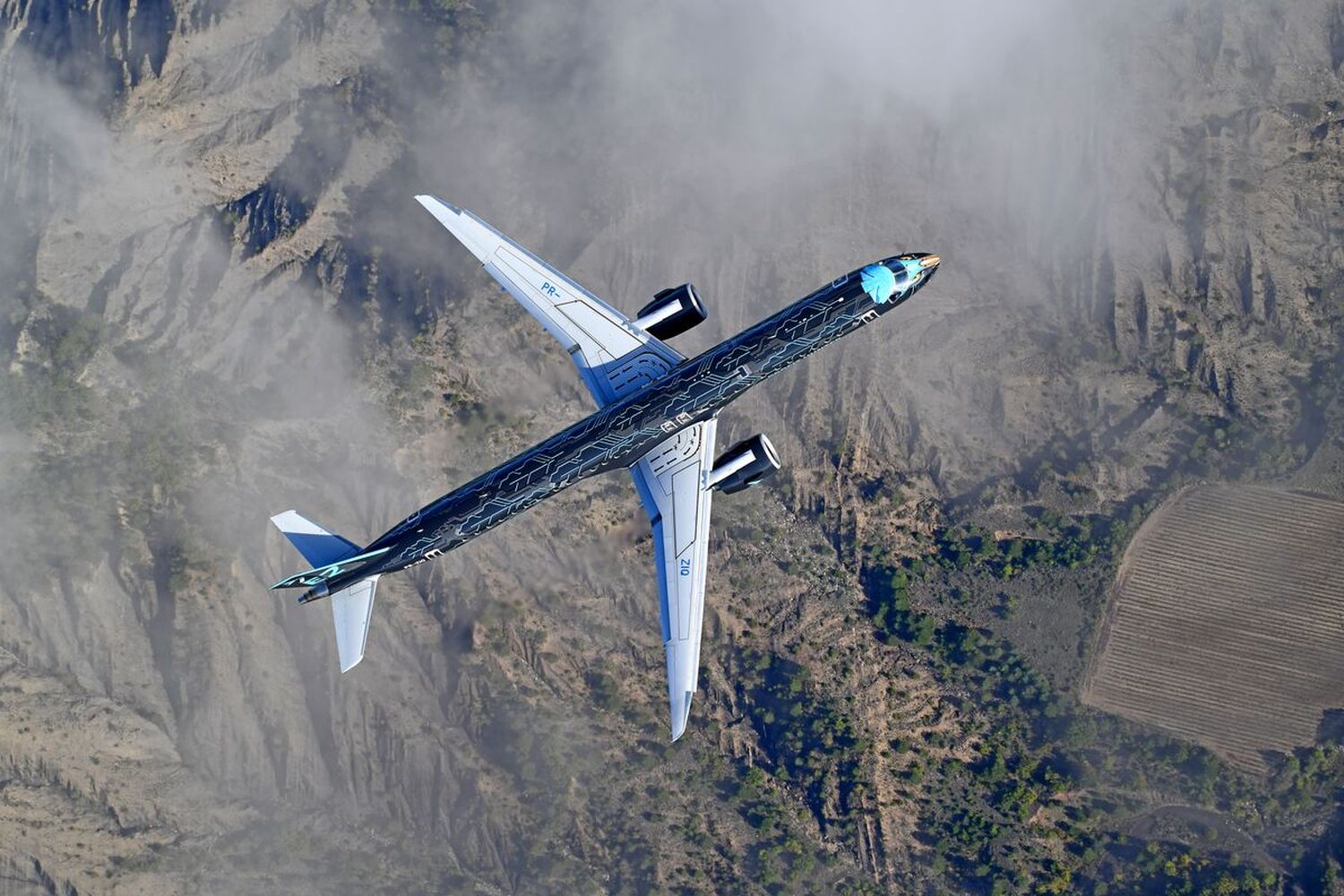Embraer targets production ramp-up and explores new narrow-body aircraft design
Embraer plans to boost annual production from 73 to 120 aircraft and is exploring a new jet to compete with Boeing and Airbus.
Brazilian aircraft manufacturer Embraer plans to boost its commercial aircraft production to 120 jets per year, up from the current 73, amid growing calls from airlines for more competition to challenge the Boeing–Airbus duopoly.
As the world’s third-largest aircraft maker, Embraer specializes in regional jets seating 50 to 146 passengers, including its E-Jets E2 family.
Francisco Gomes Neto, CEO of Embraer, confirmed the production goal in an interview with The Economic Times of India. “This year, we plan to deliver between 75 and 80 aircraft in the commercial segment. We aim to ramp up to 110 to 120 annually,” he said.
The company is also studying the potential for a clean-sheet aircraft design, referring to an entirely new model developed from scratch, rather than an update of an existing platform. This approach allows integration of advanced technologies in aerodynamics, propulsion, and materials.
While Gomes Neto did not confirm the aircraft’s category, industry reports suggest the company is considering a next-generation narrow-body jet, which would feature a single-aisle cabin and directly compete with the Airbus A320 and Boeing 737 families.
“It could be a new commercial or executive jet... larger or smaller than what we have today,” Gomes Neto stated. “We’re talking with engine manufacturers and exploring different wing designs. If we build a new product, we want it to be relevant for the next two or three decades.”
The initiative comes as Airbus is reportedly working on its own next-generation narrow-body aircraft, slated for introduction in the latter half of the 2030s.
Airline frustration fuels demand for alternatives
Airlines are increasingly frustrated with lengthy delivery delays from Boeing and Airbus, which are hindering their efforts to modernize fleets and launch new routes.
Tim Clark, CEO of Emirates, recently criticized manufacturers for persistent aerospace supply chain issues, stating, “I’m tired of hearing complaints about the supply chain—you are the supply chain.” While Clark supports the idea of a third player, he acknowledged that the duopoly won’t disappear anytime soon.
Scott Kirby, CEO of United Airlines, has also called for increased competition in the commercial aerospace sector.
Opportunities in India
Gomes Neto identified India as a key growth market for commercial, executive, and military aircraft. He expressed openness to establishing a Final Assembly Line (FAL) in the country—if a high-volume aircraft order from Indian airlines materializes.
“We’re very open to discussions, but we need a scalable delivery program in India to make it commercially viable,” he concluded.
In summary
• What is Embraer’s production goal? To increase commercial aircraft output from 73 to between 110 and 120 jets per year, with a target of 75–80 deliveries in 2025.
• What new aircraft is Embraer considering? A clean-sheet design, likely a narrow-body jet to compete with the Airbus A320 and Boeing 737.
• Why now? The move responds to strong demand from airlines and growing frustration with delivery delays and limited competition.
• What are Embraer’s plans for India? Embraer is open to building a final assembly line in India, provided it secures large-scale orders to justify the investment.


Comentarios
Para comentar, debés estar registrado
Por favor, iniciá sesión